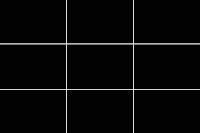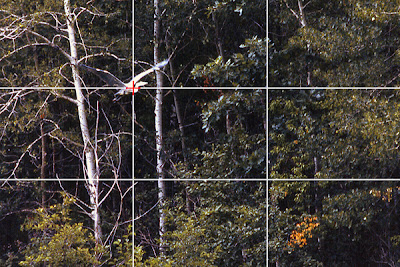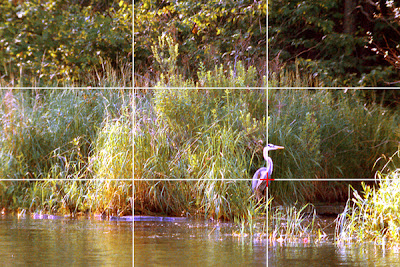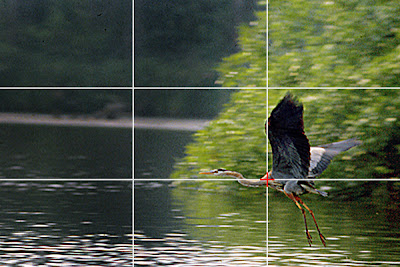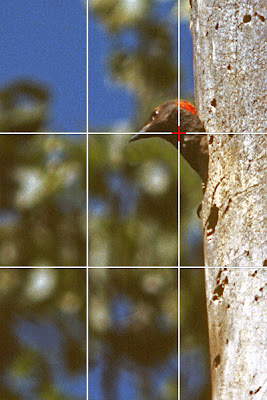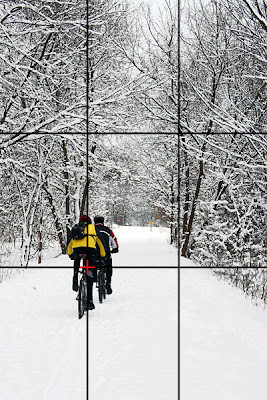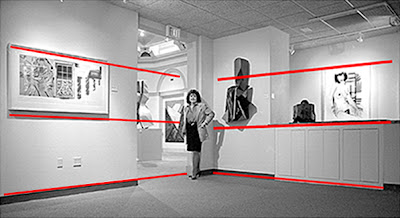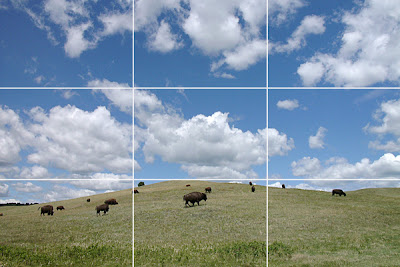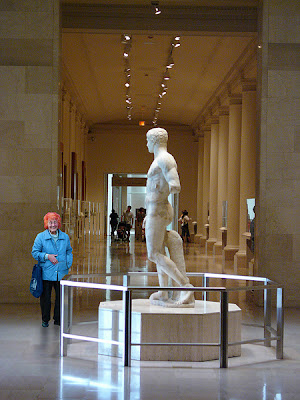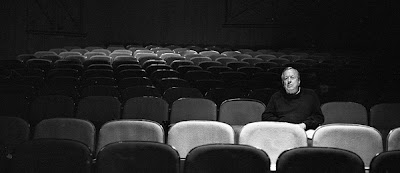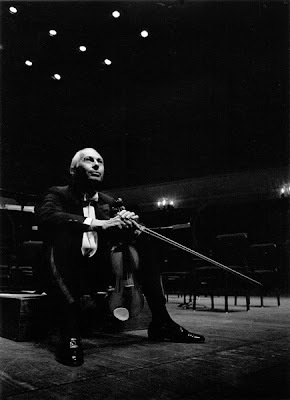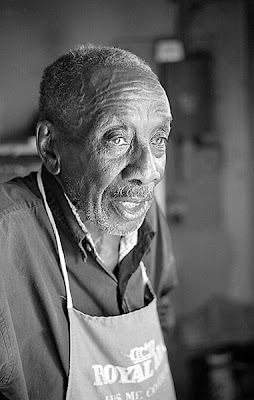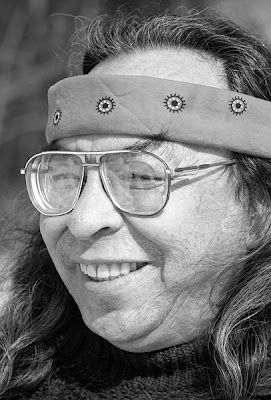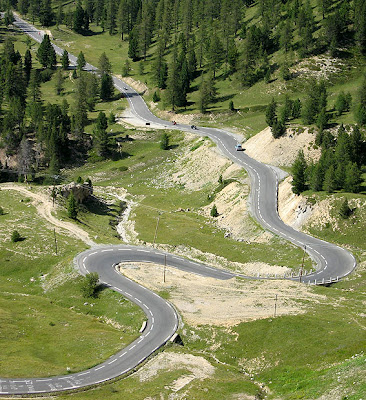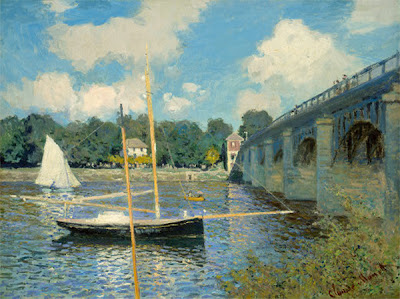The Leica Camera Blog, http://blog.leica-camera.com, some time
ago had a very interesting account of the thoughts of some rather famous
photographers about their photography and photography in general.
They wrote: In Chapter 4 of my Leica Notebook, I wrote
about comments from photographers and how and why they photograph. I believe if we pay attention to the thoughts
of these photographers, we will discover that the lessons they have learned as
photographers do not only apply to photography.
There is a deeper message they are sharing with us about how we decide
to live our life.
W. Eugene Smith said, “Passion is in all great
searches and is necessary to all creative endeavors – whether statesman, or
scientist, or artist or freedom or devil . . . Question this. Take note of the
values around you, everywhere thrust upon you and wait awhile with this
question in thought”. His personal, philosophical concern was “I try to give
what voice I have and give it to those who don’t have one at all”.
Robert Frank said, “Above all, I know that life for a
photographer cannot be a matter of indifference . . . it is important to see
what is invisible to others. Also, it is
always the instantaneous reaction to oneself that produces a photograph. It is
wonderful to look, to understand what you look at and to be sympathetic at what
you look at. This is a thing a
photographer trains himself to be. You
don’t learn this in a school. This is
about life. You use your eyes and you don’t get tired of looking . . . I’m
still looking”. In an interview he said,
“I’m still taking pictures; I thought there might be some more pictures inside
the little camera, the Leica. Keep your eyes open and try to think. It is your friend, the camera. It is wonderful for your mind”. His aim, he
said, was trying to tell something which was true.
Lisette Model’s advice to photographers was to never
take a photograph unless it hits you in the pit of your stomach. To be a good photographer depends on how much
effort she is willing to expend in achieving whatever goal in life she sets for
herself. Lisette said, “When a photographer is in contact with his life and in
contact with himself, that is, understands himself for what he really is, then
he can use the medium creatively. A
photograph should be concerned with everything in life that is meaningful for
us today”.
Duane Michals, in his advice to young photographers,
tells them not to try to be an artist:
“Limit yourself to doing your work, and if the work is true and
authentic, it will become art. But you have to feel it. Pay attention to your
mind, find your energy; you have to make it happen. You are. Risk goes with the
creative act, do what you have to do, living in a state of wakeful dreaming.
Find out who you are. Be brave. If you don’t ask, you don’t get”. Duane Michals
wants you to feel, touch, become aware. He
also said, “How you express what you care about validates your own feeling . .
. you must really care”!
Cornell Capa’s exhibition in 1968 at the Riverside
Church in New York City was accompanied by a publication which was also the
title of the exhibition, “The Concerned Photographer”. It featured the photographs of six
photographers: Andre Kertesz, Robert Capa, Werner Bischof, David Seymour
(Chim), Leonard Freed, and Dan Wiener. This was the beginning of Cornell Capa’s
passionate mission. In 1972, Cornell
Capa founded The International Center of Photography. It was dedicated to
photography which demands personal commitment and concern for mankind. It was
the center for students of photography and exhibitions of “concerned”
photographers. Cornell Capa, the concerned photographer, had the desire and
plan to better humanity through photography. He created a place where
photography became an important instrument in developing public awareness of
the problems in our world.
Yousuf Karsh was fascinated by the people he
photographed. He said, “For me, lies in what I call their inward power. It is part of the elusive secret that hides
in everyone and it has been my life’s work to capture it on film. The mask we
present to others and too often to ourselves may lift for only one second to
reveal the power in an unconscious gesture etc. This is the moment to record”.
He repeats that the heart and the mind are the true lens of the camera.
My interview with Leonard Freed still resonates with
me. He said, “The advice I would give young photographers is there is no
substitute for work. What I want to say
is in my head, not in the camera . . . What I am seeing everybody sees, but you
have to respond to it”. Photography is a visual language. Just as a poet adds meaning to words, so the
photographer adds to visual symbols.
“The mission of photography is to explain man to man
and each man to himself” –Edward Steichen
To comment or to read comments please scroll past the ads below.
-------------------------------------------------------------------------------------------------------------------------------------------
-----------------------------------------------------------------------------------------------------------------------------------------------------------------------------------------------------------------
For more information on KOMARU and for orders go to: www.taos-photographic.com
-----------------------------------------------------------------------------------------------------------------------------------------------------------------------------------------------------------------
For more information and pre orders go to: www.lenstab.com
--------------------------------------------------------------------------------------------------------------------------------------------------------------------------------------------------------------------------------------------------------------------------------------

Leica Akademie Chicago with Craig Semetko - August 2015

This Friday - Limbo by Nicholas Pinto
-----------------------------------------------------------------------------------------------------------------------------------------------------------------------------------------------------------------
Inventive Camera Bags for All of Your Gear
-----------------------------------------------------------------------------------------------------------------------------------------------------------------------------------------------------------------
Click on image to enlarge
Order: info@gmpphoto.com
Please make payment via PayPal to GMP Photography
Click on image to enlarge
Order: info@gmpphoto.com
Please make payment via PayPal to GMP Photography
Click on image to enlarge
Order: info@gmpphoto.com
Please make payment via PayPal to GMP Photography








